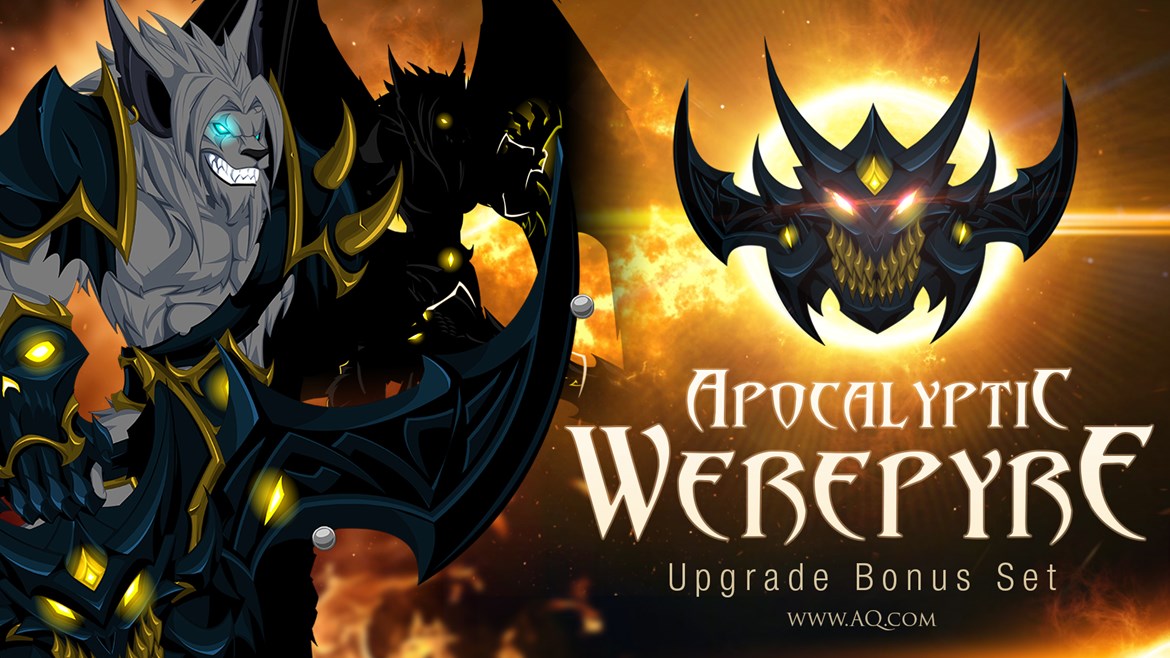The world ended, not in a sudden explosion, but in slow, relentless waves of collapse. First came the viral plagues, followed by famine, then wars over what little remained. Cities fell silent. Nations disappeared. Hope became a rare currency, traded in hushed whispers or abandoned entirely.
And then, from the ashes of the old world, rose the Last Paragon.
Not a warrior forged in steel, nor a prophet cloaked in mystery—this paragon was a flawed human, like everyone else. But in a world where morality had died with civilization, they were the last to hold the line.
This is their story. A legend, a warning, and a testament to what it means to fight for light in endless darkness.
What is a Paragon in the Apocalypse?
The word paragon means a model of excellence—a person who embodies the highest virtues. In the apocalypse, where lawlessness, cruelty, and despair reign, being a paragon isn’t just rare—it’s dangerous.
The Last Paragon was a symbol of:
- Honor when betrayal was easier
- Compassion in a time of cannibalism and conquest
- Sacrifice when self-preservation was all that remained
They didn’t carry a title, army, or banner. What they carried was hope, and the conviction that humanity still had something left worth saving.
The Collapse That Birthed the End
Before we can understand the rise of the paragon, we must understand the end. The fall of the old world came not from a single cataclysm, but a convergence of crises:
- A genetically engineered virus escaped from a high-security facility.
- Governments, fearing contamination, responded with military force.
- Supply chains broke down. Economies imploded. Civil wars erupted.
Survivors scattered. Technology became unreliable. Trust was the first casualty. People no longer feared the future—they feared each other.
This is the crucible from which the paragon emerged.
The Ordinary Life Before the End
Before the collapse, the Last Paragon had no special destiny. They were a school teacher, a mechanic, a nurse—anyone. What made them exceptional wasn’t power, but the refusal to surrender their humanity.
They saw the signs of collapse early: the panic buying, the military lockdowns, the blackouts. But where others gave in to fear, the paragon took in neighbors, shared food, and risked infection to help strangers.
Their story teaches us that heroism is often born in the quiet moments before the storm.
The First Trial: Betrayal and Survival
The paragon’s first real test came when their community turned against itself. As food ran low and rumors of infection spread, the paragon faced betrayal by those they once called family.
Beaten, exiled, and left for dead, they wandered the ash-covered roads alone.
Yet they did not retaliate. Instead, they chose mercy—rescuing a child from raiders just hours after their own abandonment. That act would set in motion a ripple of resistance across the wasteland.
Allies in the Dust
The apocalypse is not survived alone. Along their journey, the Last Paragon met others—some broken, some brutal, others barely clinging to life. But the paragon inspired something in them they thought they had lost: purpose.
Together, they formed a fragile collective:
- A former war medic with trembling hands
- An old farmer who refused to let crops die
- A teenage hacker who rebuilt solar panels from scrap
Each brought a skill, but more importantly, they brought belief. Not in a better world, but in the person who refused to let the world remain as it was.
Confronting the Warlords
Every age has tyrants. In the apocalypse, they wore bone armor and ruled with fear. Fuel was gold. Water was power. People were property.
To oppose them was death.
But the paragon challenged them not with weapons, but by uniting the scattered outposts and offering an alternative: self-sufficiency, trade, cooperation.
At first, they laughed. Then they sent assassins. Finally, they declared war.
The paragon didn’t win every battle, but they won every heart. Villages began to fly their makeshift emblem: a broken sun rising through smoke.
The Turning Point: Sacrifice and Consequences
Legends are not born in comfort—they are born in sacrifice. When the paragon was offered a chance to escape—an airlift from a rumored safe zone—they refused.
“There’s no sanctuary if we leave the rest behind,” they said.
Later that winter, the paragon gave up their only weapon to buy antibiotics for a sick child. They were nearly killed in a raid that night.
Still, they rose again.
It was that unwavering moral clarity that made them more dangerous to tyrants than any bullet.
The Symbol That Sparked a Movement
As word of the paragon’s actions spread, others followed suit. Isolated groups began rebuilding water systems, restoring libraries, planting food. Trade routes opened. Skirmishes declined.
The paragon had become more than a person—they had become an idea. An embodiment of a better possibility, carried in the stories whispered around campfires.
They were proof that even after the world ends, principles don’t have to.
Legacy of the Last Paragon
No one knows exactly how the paragon died—or if they did at all. Some say they succumbed to illness. Others claim they walked alone into the wastelands to stop a final war.
Their body was never found, only their journal. Inside were these words:
“If I am the last paragon, let me not be the final one.”
Years later, communities that had once torn themselves apart began to rebuild—not perfectly, but intentionally. And in every one of them, a mural or carving or tattered flag bears the same image: a single figure standing against a blood-red sky, torch in hand.
The paragon lives on.
Conclusion
In fiction and in reality, apocalyptic stories strip away the layers of civilization and reveal who we are underneath. The Last Paragon in the Apocalypse reminds us that even in the darkest circumstances, integrity matters.
They are the answer to the question: “What’s the point of goodness when everything is lost?”
The point is simple: without goodness, there’s nothing worth saving.
In every crisis, someone must choose courage over cruelty, selflessness over survival. That someone could be you. That’s what the paragon teaches us. Not that they were the only hope—but that hope is a choice we must all make.
FAQs
1. Is “The Last Paragon” based on a real person or story?
No, it is a fictional narrative used to explore moral themes in apocalyptic settings. However, it draws inspiration from real-world acts of courage and resilience during disasters.
2. What genre is “Rise of the Last Paragon in the Apocalypse”?
It fits within post-apocalyptic fiction with strong elements of moral philosophy, heroic survival, and speculative storytelling.
3. Why is the character called a “Paragon”?
The term “paragon” implies someone who upholds virtue. In the apocalypse, where moral decay is rampant, such a figure is rare and symbolic.
4. Could this be adapted into a novel or film?
Absolutely. The narrative structure, emotional arc, and visual world-building make it ideal for long-form fiction, graphic novels, or screenplays.
5. What message does the story aim to convey?
It explores the power of individual ethics in chaotic environments. Even when systems collapse, the choice to protect, heal, and unite defines true leadership.
Also read: 10 Things to Know Before Moving to Georgia







